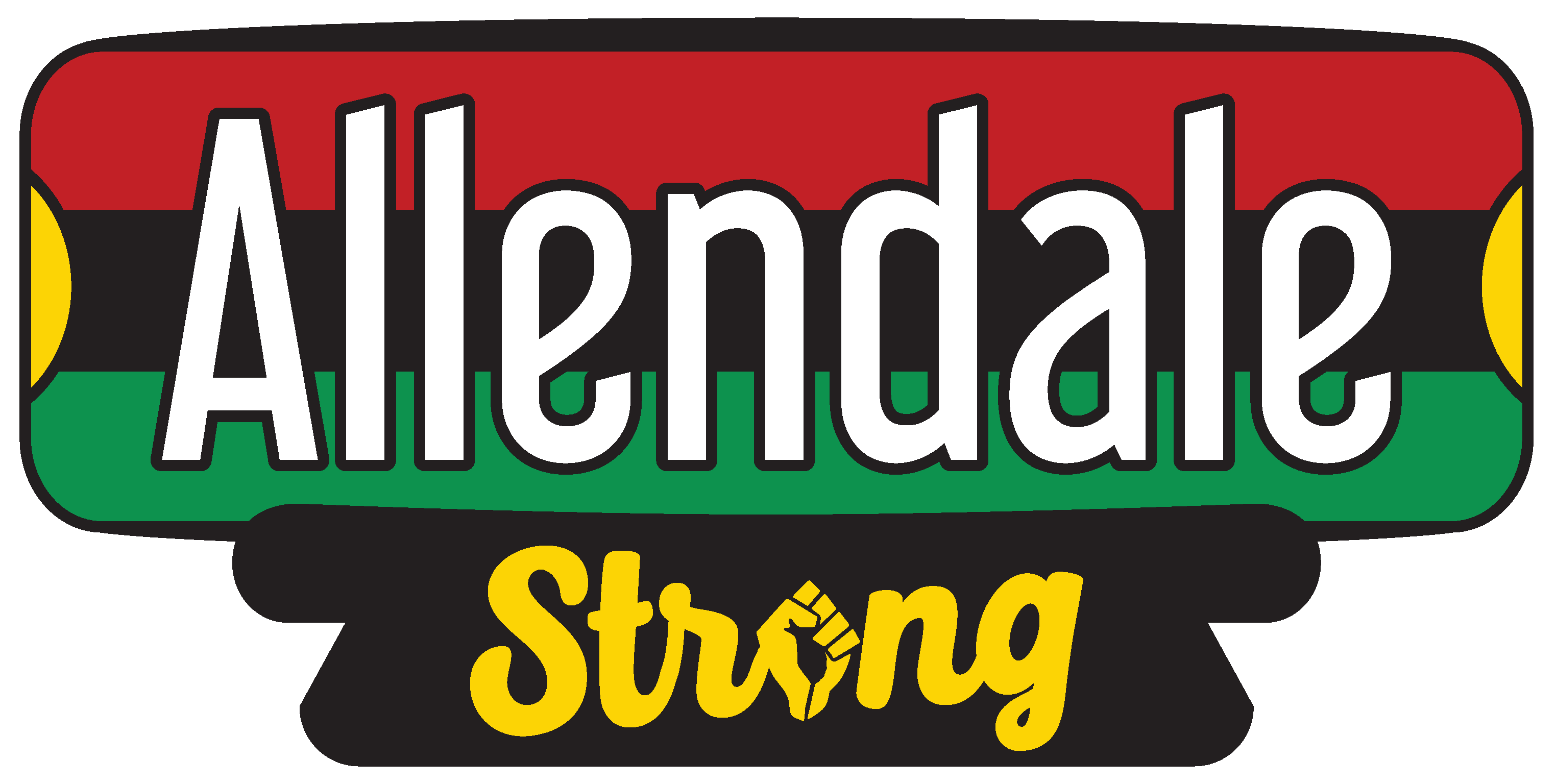Published Friday, May 28, 2021, in the New York Times daily email newsletter.
Good morning. Highways destroyed hundreds of urban neighborhoods. What’s the solution?
The Santa Monica Freeway extends west from downtown Los Angeles through West Adams.Google Earth
The destruction of Sugar Hill
By the 1940s, the Los Angeles neighborhood of West Adams was turning into a thriving, racially integrated community.
Black residents were moving in, thanks in part to an early legal victory against the covenants that had restricted homeownership to white families. One of the residents involved in the case was Hattie McDaniel, the “Gone with the Wind” actor known for throwing parties at her West Adams house that drew stars like Count Basie, Duke Ellington, Clark Gable and Lena Horne. Eventually, the neighborhood came to be known as Sugar Hill, a tribute to the Harlem neighborhood of the same name.
But in the 1950s, the residents of Los Angeles’s Sugar Hill began to hear alarming news: City planners were thinking about building a highway through the neighborhood. Local civil rights leaders pleaded with officials to choose a different route, without success. Soon, the Santa Monica Freeway — what would become the westernmost stretch of Interstate 10 — would destroy the old Sugar Hill.
Similar stories occurred hundreds of times across the country in the 1950s and ’60s. Even as the nation’s new highway system was fueling the long post-World War II economic boom, it was doing so at the expense of downtown communities. Those neighborhoods were disproportionately Black, and many have never recovered. There was a saying at the time: “white men’s roads through Black men’s homes.”

